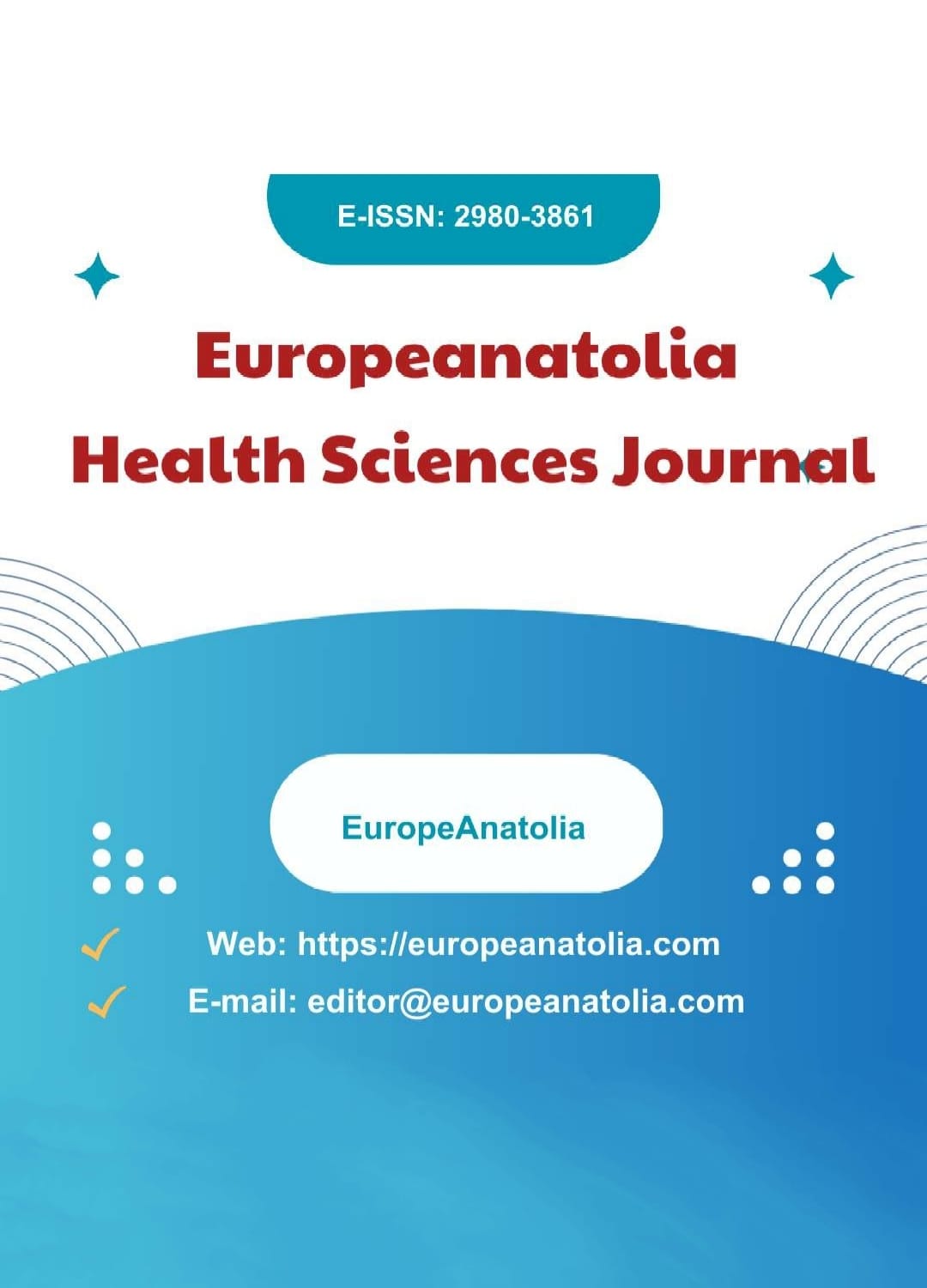Thoracic Trauma Experiences of Local Thoracic Surgeons Working in Kahramanmaraş During the Early Period of the Earthquake
Research Article
DOI:
https://doi.org/10.5281/zenodo.13148911Keywords:
Earthquake, Chest Trauma, Hemothorax, Pneumothorax, Lung ContusionAbstract
Introduction: Our city received a double blow with two consecutive earthquakes that occurred in our city on February 6, 2023.
Objective: In this study, we aimed to examine our medical interventions and convey the difficulties encountered in the acute phase of the earthquake.
Methods: One hundred fifty one individuals who suffered chest trauma were included in the study. The cohort consisted of earthquake victims who presented to our emergency department with chest injuries within the first seven days, excluding the first 24 hours, after the earthquake. We recorded various parameters such as age, gender, types. Chest injuries, number of ribs, sternum fractures, hemothorax, pneumothorax, lung contusions, lung lacerations, crusting in the main respiratory tract and atelectasis due to foreign objects, additional organ injuries, first interventions, length of hospital stay, need for intensive care, death and morbidity rates. and out-of-province shipments.
Results: We recorded 151 earthquake victims with thoracic injuries, comprising 79 (52.3%) women and 72 (47.7%) men. Among these cases, lung contusions were observed in 120 (79.5%), rib fractures in 106 (70.2%), pneumothorax in 47 (31.1%), hemothorax in 39 (25.8%), and pneumomediastinum in 33 (21.9%).
Conclusion: In scenarios where access to imaging services is not possible, thoracic surgeons must rely on physical examination and thoracentesis to guide their interventions. Teams should organize their work according to workload, designate a safe area for thoracic surgery interventions, and ensure that all necessary equipment is available.
References
Telli SG, Deniz A. The indispensability of online learning after the earthquake in Turkey. Journal of University Research. 2023;6(2):125-136.
Yilmaz S. Transportation model utilized in the first week following the Kahramanmaraş earthquakes in Turkey - transport healthcenters. Scand J Trauma Resusc Emerg Med. 2023;31:40.
Yılmaz S, Karakayali O, Yilmaz S, et al. Emergency medicine association of Turkey disaster committee summary of field observations of February 6th Kahramanmaraş earthquakes. Prehosp Disaster Med. 2023;38:415–418.
Yağlı K. 6 Şubat 2023 Depremi, ArcGISStoryMaps. 2023. (accessedJune 7, 2023).
Ramirez M, Peek-Asa C. Epidemiology of traumatic injuries from earthquakes. Epidemiol Rev. 2005;27:47–45.
Ghodsi SM, Zargar M, Khaji A, et al. Chestinjury invictims of Bam earthquake. Chinese J Trauma. 2006;9(06):345-348.
Freixinet J, Beltrán J, Rodríguez P, et al. Indicators of severityin chesttrauma. Arch Bronconeumol. 2008;44:257–262.
Karmacharya RM, Devbhandari M, Tuladhar S, Shrestha B, Acharya P. Chest Trauma Requiring Admission: Differences in Earthquake Victims and other Modes ofInjury. Kathmandu Univ Med J (KUMJ). 2018;16(63):237-239.
Hu Y, Tang Y, Yuan Y, Xie TP, Zhao YF. Trauma evaluation of patients with chestinjury in the 2008 earthquake of Wenchuan, Sechuan, China. World J Surg. 2010;34(4):728-732.
Gürbüz İA, Aslan B. An evaluatıon on damage assessment works in Kahramanmaraş earthquake. Journal of Environment, City and Climate. 2023;2(4):180-195.
Yi-Szu W, Chung-Ping H, Tzu-Chieh L, et al. Chest injuries transferred to trauma centers after the 1999 Taiwan earthquake. Am J EmergMed 2000;18:825–827.
Yoshimura N, Nakayama S, Nakagiri K, et al. Profile of chest injuries arising from the 1995 southern Hyogo Prefecture earthquake. Chest. 1996;110:759–761.
Yılmaz K. Economicimpact of the 6 February 2023 Kahramanmaraş earthquakes, Pendulum 2023. (accessedJune 11, 2023).
Sato K, Kobayashi M, Ishibashi S, Ueda S, Suzuki S. Chest injuries and the 2011 Great East Japan Earthquake. RespirInvestig. 2013;51:24–27.
Dong ZH, Yang ZG, Chen TW, Chu ZG, Deng W, Shao H. Thoracic Injuries in earthquake-related versus non-earthquake-related trauma patients: differentiation via Multi-detector Computed Tomography. Clinics (Sao Paulo). 2011;66(5):817-822.
Kozanlı F, Güler Ö. Effect of the presence of ribfracture on mortality and morbidity in blunt thoracic traumas. Ulusal Travma ve Acil Cerrahi Dergisi. 2022;28(4):440-446.
Kozanlı F, Güler Ö. The relationship between the presence of scapula fracture and mortality and morbidity in cases with blunt thoracic trauma. Ulusal Travma ve Acil Cerrahi Dergisi. 2023;29(2):218-223.
Bastos R, Calhoon JH, Baisden CE. Flail chest and pulmonary contusion. Semin Thorac Cardiovasc Surg. 2008;20:39-45.
Ciflik KB, Beyoglu MA, Sahin MF, et al. Analysis of thoracic trauma patients transferred to Türkiye's largest hospital after Kahramanmaraş earthquake. Ulusal Travma ve Acil Cerrahi Dergisi. 2024;30(1):33-37.
Afet İstatistikleri, (n.d.). https://www.afad.gov.tr/afet-istatistikleri(accessedNovember 5, 2023.
Downloads
Published
How to Cite
Issue
Section
License
Copyright (c) 2024 Europeanatolia Health Sciences Journal

This work is licensed under a Creative Commons Attribution 4.0 International License.










